Wine brings people together, tells stories of landscapes and traditions, and creates moments worth savoring. From ancient European vineyards to innovative New World estates, wine regions offer more than just tastings—they provide immersive cultural experiences surrounded by stunning scenery and rich history.
Here is a list of 20 magnificent wine regions around the world that deserve a spot on any wine enthusiast’s travel itinerary.
Bordeaux, France

Bordeaux is the gold standard of wine regions, with over 7,000 châteaux producing some of the world’s most sought-after bottles. The unique maritime climate along the Garonne River creates perfect conditions for Cabernet Sauvignon and Merlot grapes to flourish.
Beyond tasting rooms, visitors can explore 18th-century architecture in Bordeaux, recently transformed with waterfront restaurants and contemporary museums.
Tuscany, Italy
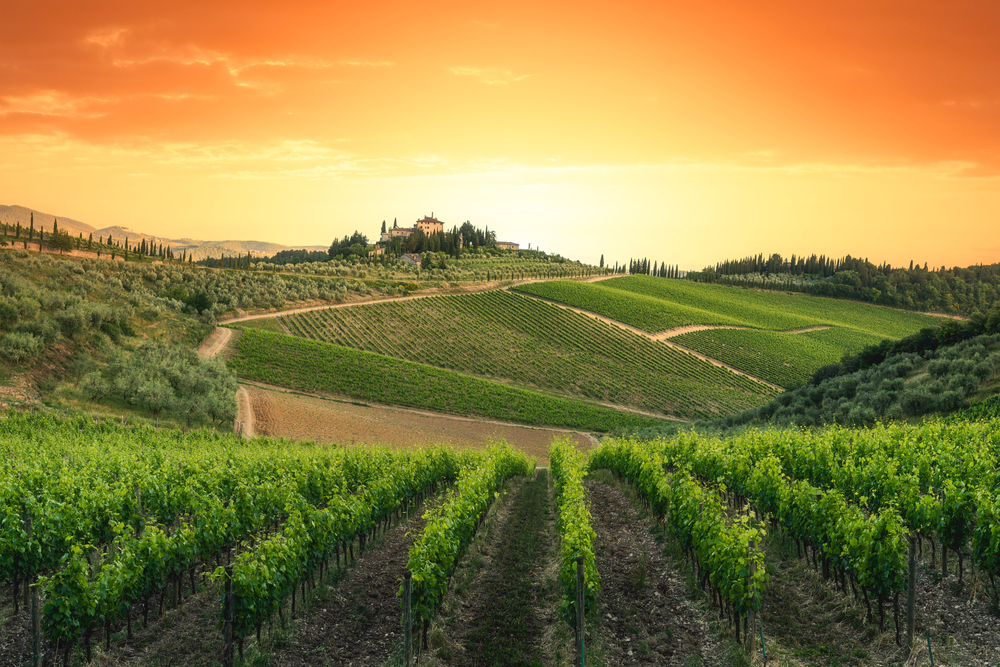
The rolling hills of Tuscany offer postcard-perfect views dotted with cypress trees, medieval villages, and ancient vineyards producing Chianti, Brunello, and Super Tuscans. Sangiovese grapes thrive in this central Italian region’s warm days and cool nights.
Wine tours here often include stops at family estates where traditions have been passed down for generations, paired with local specialties like bistecca alla fiorentina and fresh pasta with wild boar ragù.
Like Travel Pug’s content? Follow us on MSN.
Napa Valley, California, USA
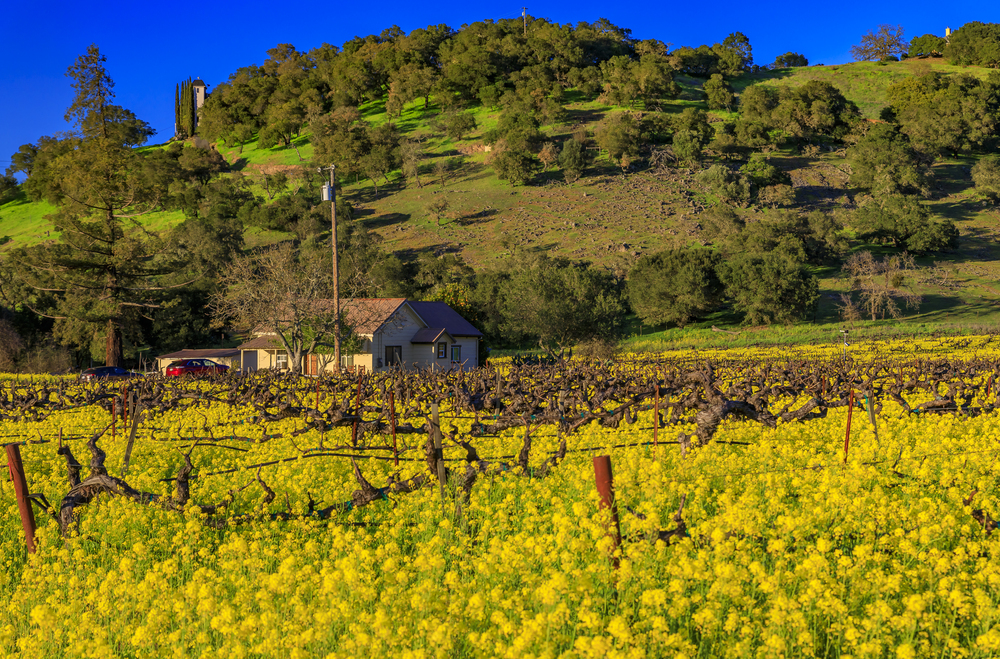
What began as a bold experiment in the 1960s has blossomed into America’s premier wine destination, 50 miles north of San Francisco. Napa’s diverse microclimates allow for growing everything from Cabernet Sauvignon to Chardonnay across 16 distinct sub-appellations.
The valley combines sophisticated tasting rooms with laid-back California charm, farm-to-table restaurants, and luxury accommodations, making it perfect for weekend getaways.
Mendoza, Argentina
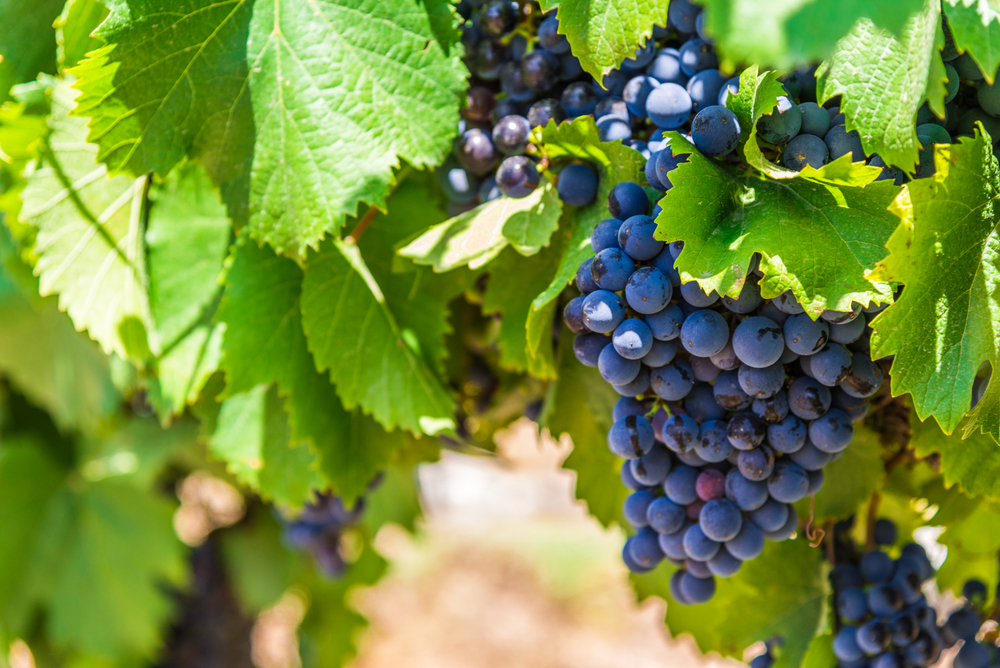
Nestled at the foothills of the Andes Mountains, Mendoza’s high-altitude vineyards produce intensely flavored Malbec wines that have put Argentina on the global wine map. The region receives minimal rainfall, relying instead on Andean snowmelt irrigation systems first developed by indigenous peoples centuries ago.
Visitors can combine wine tastings with outdoor adventures like horseback riding through vineyards or hiking in the nearby mountains.
Douro Valley, Portugal
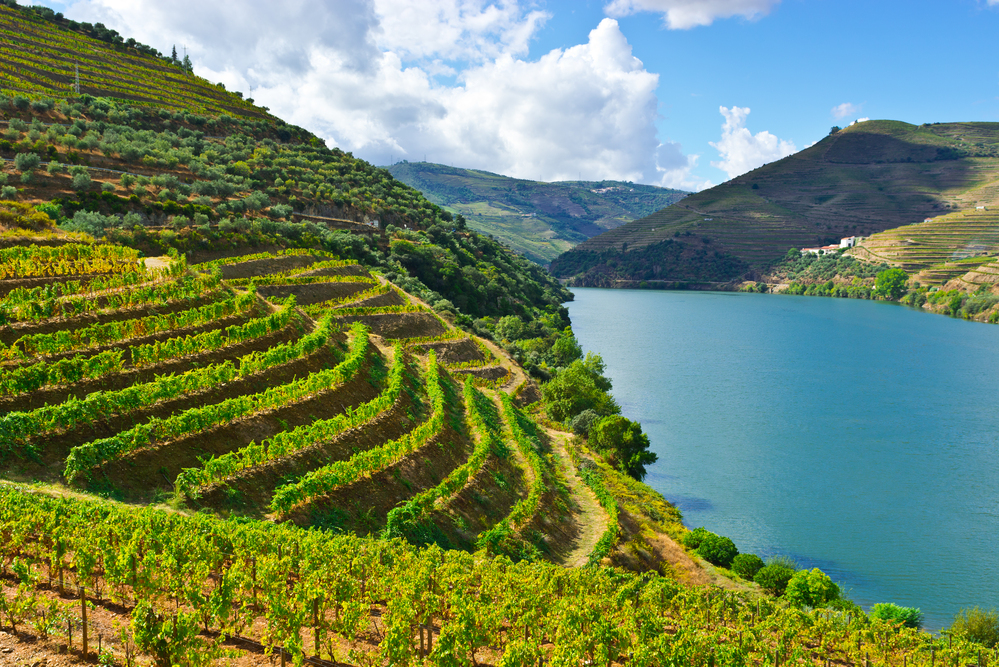
The world’s oldest demarcated wine region carves a dramatic landscape along the Douro River with steep terraced vineyards built over centuries. This UNESCO World Heritage site is the birthplace of Port wine, but it is also increasingly recognized for its outstanding dry red wines.
Traditional flat-bottomed rabelo boats still navigate parts of the river, offering visitors a glimpse into the region’s rich trading history.
Like Travel Pug’s content? Follow us on MSN.
Barossa Valley, Australia

Just an hour’s drive from Adelaide, the Barossa Valley houses some of the oldest continuously producing vineyards in the world, with Shiraz vines dating back to the 1840s. The Mediterranean climate creates bold, flavorful wines with distinctive character.
Sixth-generation winemakers work alongside innovative newcomers in this unpretentious region where wine traditions blend with Australian openness and hospitality.
Rioja, Spain

Rioja’s sun-drenched landscape between the Ebro River and the Sierra de Cantabria mountains produces Spain’s most prestigious wines. The region balances tradition and innovation with centuries-old bodegas storing wine in underground caves and avant-garde wineries in striking modern buildings.
Tempranillo grapes dominate plantings, creating wines that range from youthful and fruity to complex, aged reservas, perfect with local lamb dishes.
Willamette Valley, Oregon, USA

The cool climate and diverse soils of Oregon’s Willamette Valley create ideal conditions for delicate Pinot Noir grapes, drawing comparisons to Burgundy. This relatively young wine region has gained international acclaim in recent decades for elegant, terroir-driven wines.
Family-owned vineyards emphasize sustainable practices and small-batch production, creating an intimate tasting experience amid stunning Pacific Northwest landscapes.
Like Travel Pug’s content? Follow us on MSN.
Champagne, France

The hallowed grounds of Champagne, just 90 miles east of Paris, produce the world’s most celebrated sparkling wine under strictly controlled conditions. The region’s chalky soils and cool climate create the perfect environment for Chardonnay, Pinot Noir, and Pinot Meunier grapes used in the traditional méthode champenoise.
Tours of the expansive underground cellars reveal millions of bottles aging in former chalk mines and offer insights into the fascinating production process.
Marlborough, New Zealand

Marlborough transformed New Zealand’s wine industry with its distinctive Sauvignon Blanc, which is characterized by vibrant acidity and tropical fruit notes. The region benefits from abundant sunshine, cool nights, and well-draining stony soils at the northeastern tip of the South Island.
Beyond Sauvignon Blanc, wineries increasingly impress with Pinot Noir and aromatic whites amid spectacular mountain and coastal landscapes.
Mosel Valley, Germany

The Mosel Valley’s dramatically steep, slate-covered hillsides form one of Europe’s most picturesque wine landscapes. Riesling vines cling to slopes so vertical that harvesting requires careful handwork and specialized equipment.
The cool climate and mineral-rich soils produce vibrant, precisely balanced wines with remarkable aging potential, from bone-dry to lusciously sweet styles.
Like Travel Pug’s content? Follow us on MSN.
Stellenbosch, South Africa

Just 30 miles from Cape Town, Stellenbosch combines spectacular mountain backdrops with Dutch colonial architecture and world-class wineries. The region produces outstanding Cabernet Sauvignon and Pinotage, South Africa’s signature grape variety.
Wine production here dates back to the late 17th century, though modern Stellenbosch has embraced innovation while respecting traditions shaped by French, German, and Dutch influences.
Colchagua Valley, Chile

Colchagua’s near-perfect growing conditions between the Andes Mountains and the Pacific Ocean have established it as Chile’s premier red wine region. The valley’s dependable climate produces consistent, high-quality Cabernet Sauvignon, Carménère, and Syrah harvests.
Many vineyards offer horseback tours through their estates, followed by tastings of robust wines that deliver remarkable value compared to similar quality from other regions.
Valle de Guadalupe, Mexico
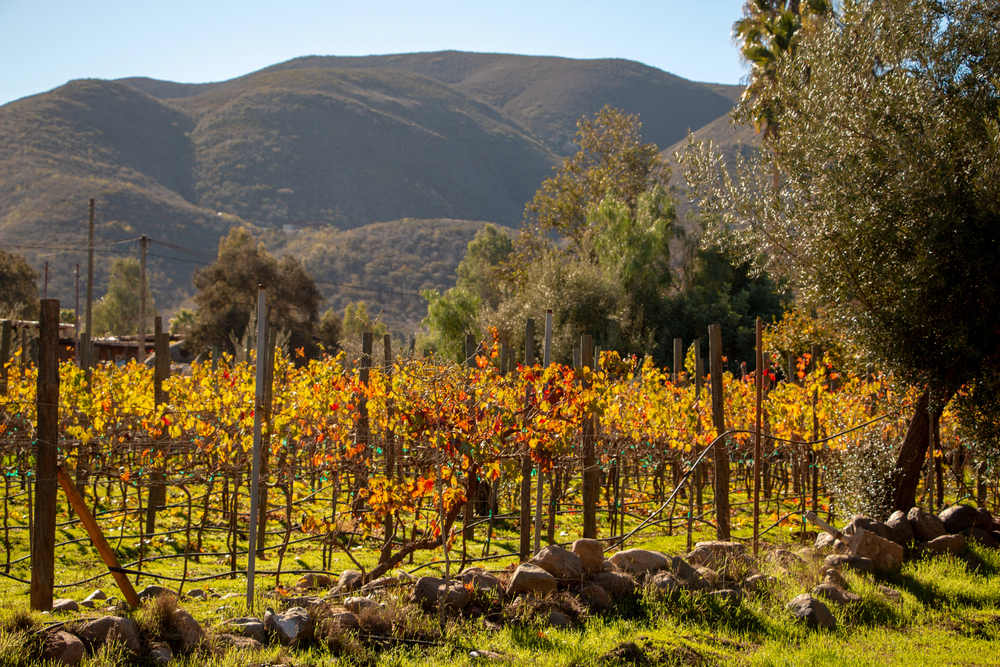
Mexico’s answer to Napa Valley lies just south of the California border in Baja California. Valle de Guadalupe’s hot, dry days and cool nights influenced by Pacific Ocean breezes create distinctive wines from Mediterranean and Bordeaux grape varieties.
The region’s rustic-chic wineries and acclaimed farm-to-table restaurants have transformed this once-overlooked area into a sophisticated weekend destination.
Like Travel Pug’s content? Follow us on MSN.
Wachau, Austria

The terraced vineyards along the Danube River in Wachau produce some of the world’s most underrated white wines. This compact region specializes in mineral-driven Grüner Veltliner and Riesling from steeply sloped vineyards that capture maximum sunlight.
Historic villages with baroque churches dot the landscape, and many wineries operate in centuries-old buildings where traditional winemaking meets modern precision.
Piedmont, Italy

Nestled in northwestern Italy against an Alpine backdrop, Piedmont’s misty hillsides produce the noble Nebbiolo grape used in Barolo and Barbaresco wines. These complex, long-lived wines have earned the nickname “king of wines and wine of kings” for their distinctive aromas of roses, tar, and cherries.
Autumn visitors can enjoy the double pleasure of exceptional wines paired with white truffles hunted in the same hills.
Central Otago, New Zealand

The world’s southernmost wine region produces exceptional Pinot Noir amid dramatic mountain landscapes that served as backdrops in ‘The Lord of the Rings’ films. Central Otago’s continental climate offers hot summers and cold winters that contribute to wines with remarkable intensity and purity of fruit.
The relatively young wine industry here attracts adventurous winemakers drawn to the region’s pristine environment and viticultural challenges.
Like Travel Pug’s content? Follow us on MSN.
Santorini, Greece
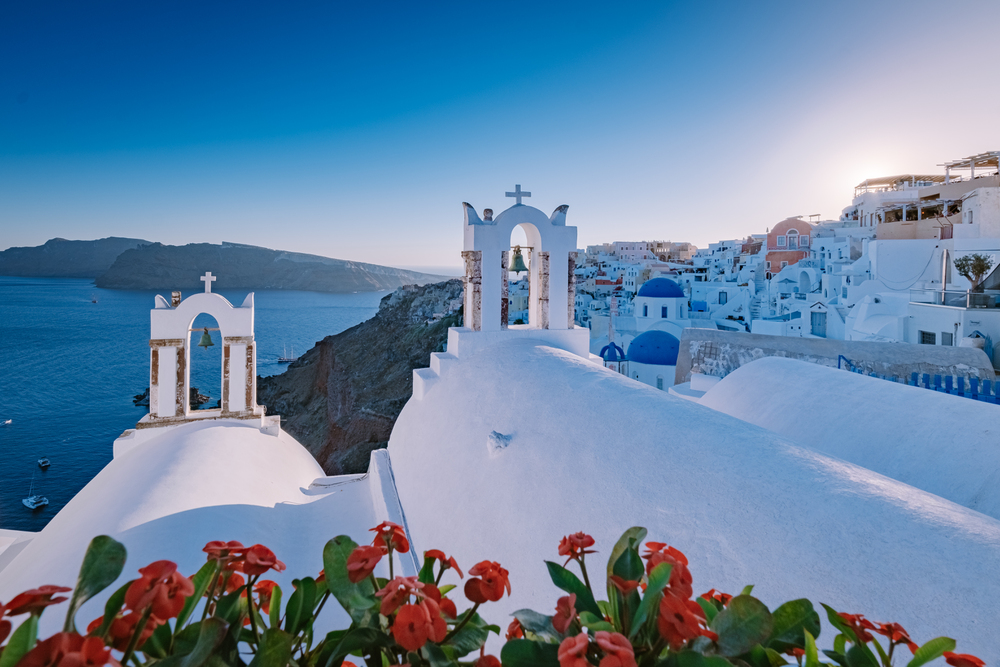
The ancient volcanic soils of Santorini nurture twisted, low-lying Assyrtiko vines that somehow thrive despite minimal rainfall and harsh winds. Winemaking on this breathtaking island dates back over 3,500 years, with some vines estimated to be several centuries old.
The resulting wines display intense minerality and crisp acidity that perfectly complement local seafood against the backdrop of Santorini’s iconic white buildings and azure Aegean Sea.
Loire Valley, France
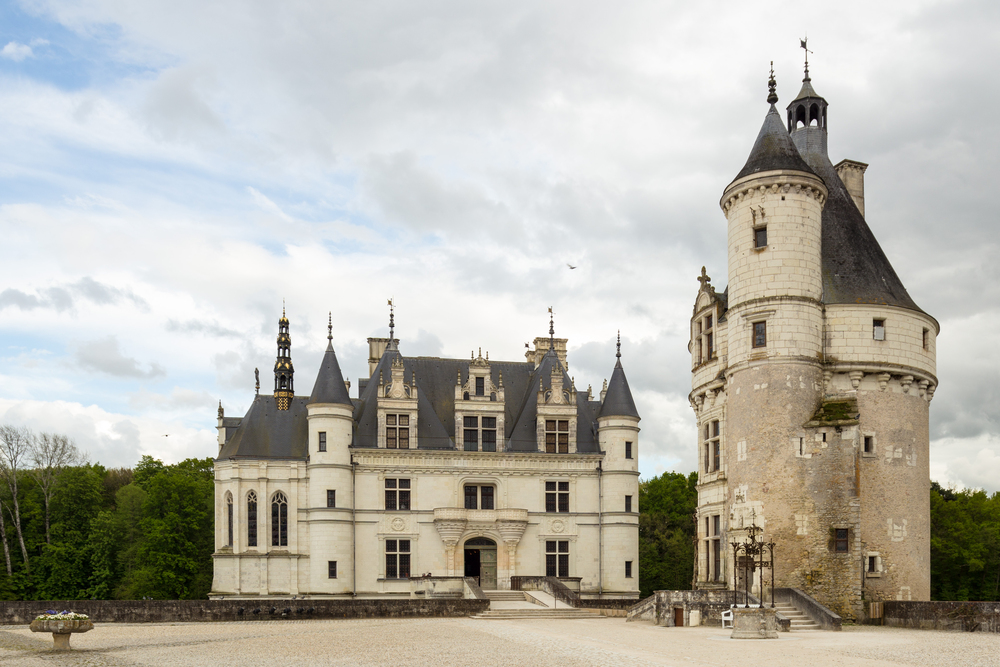
The ‘Garden of France’ stretches along the Loire River, producing diverse wines from Muscadet near the Atlantic coast to Sancerre’s flinty Sauvignon Blancs further inland. The region’s moderate climate and varied soils support numerous grape varieties and wine styles from bone-dry to lusciously sweet.
Renaissance châteaux dot the landscape, making wine tasting here part of a broader cultural exploration through French history.
Margaret River, Western Australia
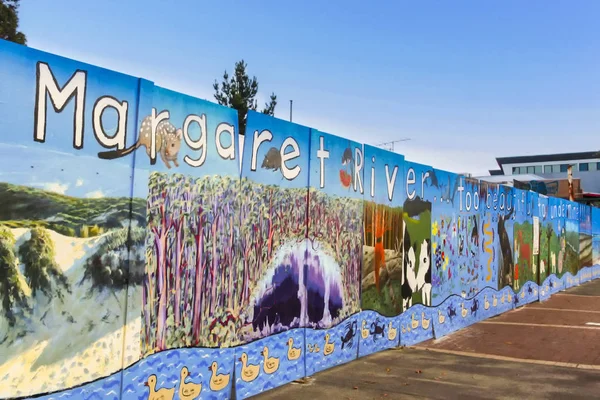
Three hours south of Perth, this remote wine region benefits from cooling Indian Ocean influences that create similar conditions in Bordeaux. Despite being relatively young, Margaret River produces exceptional Cabernet Sauvignon and Chardonnay, with the first vineyards planted in the late 1960s.
The region’s pristine beaches, ancient forests, and sophisticated food scene make it a complete destination beyond outstanding wines.
Like Travel Pug’s content? Follow us on MSN.
From Vineyard to Glass: The World of Wine Exploration

These diverse wine regions offer windows into local cultures, histories, and landscapes that have shaped distinctive wines over generations. Each bottle tells a story of its origin—the soil, climate, traditions, and innovations influencing its character.
Wine tourism continues to evolve beyond simple tastings to offer immersive experiences connecting visitors with the land and people behind the wines we enjoy. Whether you’re a serious collector or casual enthusiast, exploring these regions firsthand adds layers of appreciation to every future glass.
More from Travel Pug

- Cities Growing so Fast You Won’t Recognize Them in 10 Years
- 13 Destinations Where Tourists Regularly Regret Their Trip
- 16 U.S. Cities That Are Quietly Becoming Travel Hotspots
- Where to Travel If You Love Long Bus Rides and Daydreams
- 20 Cities Perfect for Solo Travelers Who Crave Adventure & Culture
Like Travel Pug’s content? Follow us on MSN.
